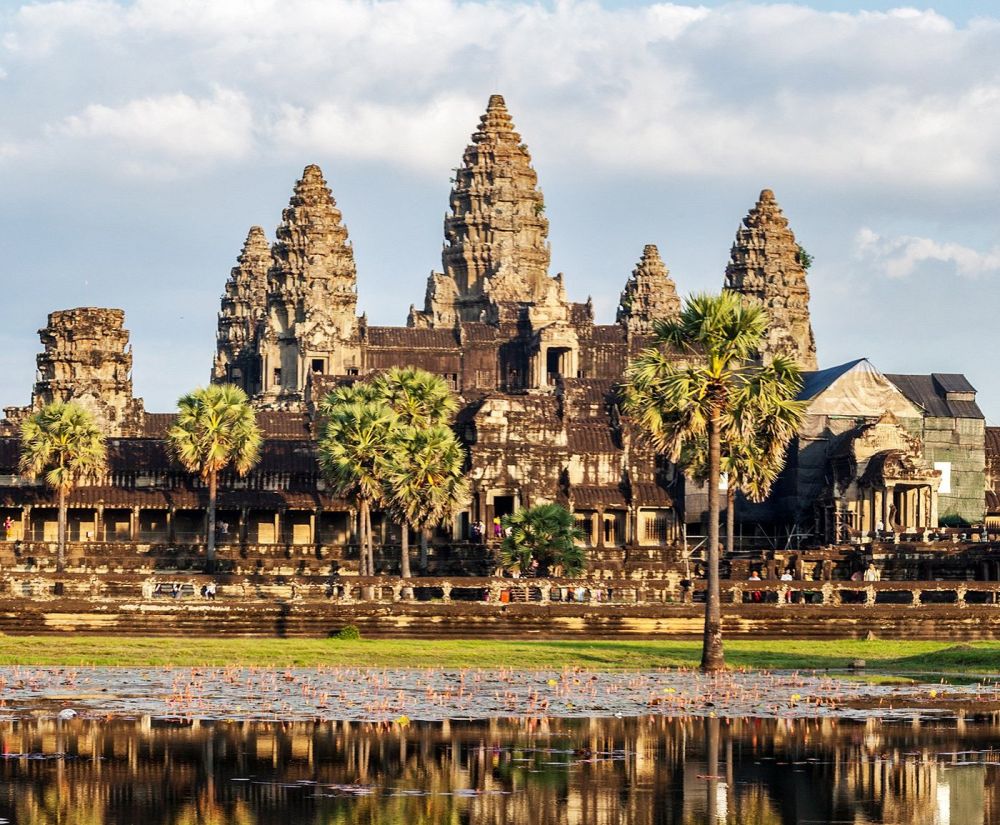

The city of Siem Reap in Cambodia is a prime example of a destination whose lifeblood is firmly linked to tourism. The history of tourism in this part of Southeast Asia is deeply connected to the allure of its ancient wonders, most notably the Angkor Wat temple complex. With a history stretching back to the 9th century, Angkor was the heart of the Khmer Empire and remains one of the world's largest religious monuments, drawing scholars, historians, and tourists alike.
Tourism in Siem Reap began in earnest in the early 20th century when French explorers and archaeologists started to visit the Angkor region. The French colonial government began restoring the temples, which slowly put Siem Reap on the global map. The Grand Hotel d'Angkor, opened in 1929, was the first luxury hotel and served as a comfortable base for travellers exploring the ruins.
By the mid-20th century, Siem Reap started seeing a steady increase in visitors. The allure of the exotic and mystical temples, coupled with the warm Cambodian hospitality, paved the way for a burgeoning tourism sector. However, the growth was stifled by the civil conflict and the rise of the Khmer Rouge regime.
The period of the 1970s to the early 1990s was a dark time for Cambodia. The horrors of the Khmer Rouge regime and subsequent internal conflicts nearly obliterated the country's tourist industry. Siem Reap and the temples of Angkor lay largely dormant to the outside world during these tragic years.
With the restoration of peace and stability in the 1990s, Siemp Reap's tourism industry began to flourish once again. The region saw improvements in infrastructure, the establishment of direct international flights, and the development of a wide range of accommodations. The inscription of the Angkor Archaeological Park as a UNESCO World Heritage Site in 1992 significantly boosted the city's international profile.
In the 21st century, Siem Reap has become synonymous with the temples of Angkor. Tourism numbers have grown exponentially, with millions of visitors per year. This influx has brought economic growth but also challenges, including preserving the delicate ruins and managing sustainable tourism development.
Recent trends in Siem Reap tourism focus on sustainable practices and community-based tourism. Efforts are being made to ensure that visitors can enjoy the beauty of Angkor while contributing positively to the local community and minimizing their environmental impact. Additionally, there's a shift towards promoting experiences beyond the temples, such as cultural tours, food explorations, and nature excursions, to spread the benefits of tourism.
The future of Siem Reap's tourism holds promise for further growth, with ongoing efforts to balance the preservation of its heritage sites with the needs of a thriving tourism industry. Authorities are working on diversifying the tourism offerings, improving tourist facilities, and ensuring that Siem Reap remains a must-visit destination for travellers worldwide.
Despite the challenges of global events such as the COVID-19 pandemic, Siem Reap continues to adapt and evolve, with a focus on becoming an even more resilient and sustainable tourist destination.